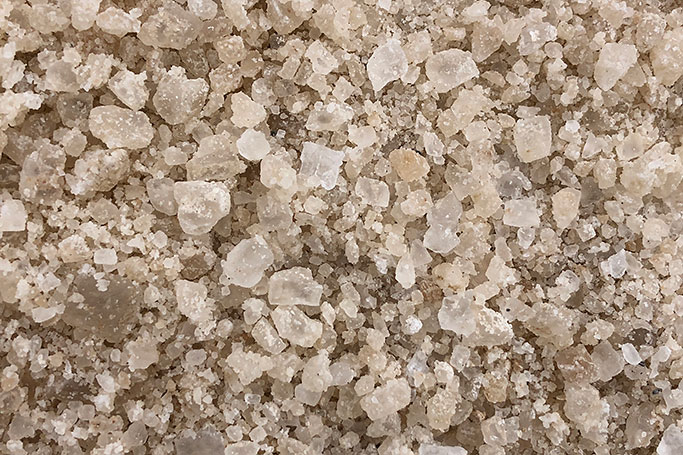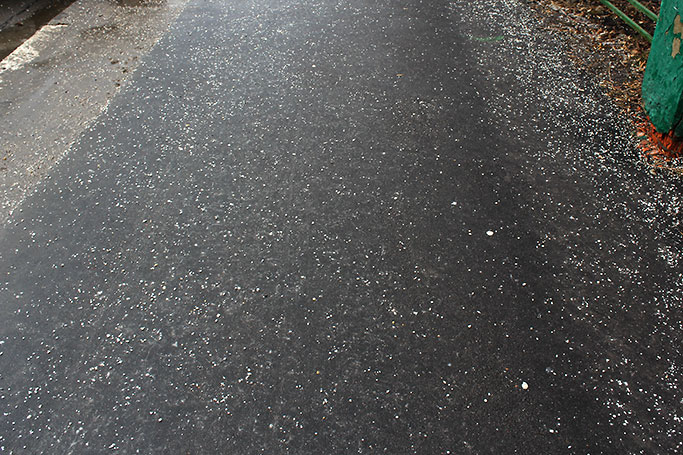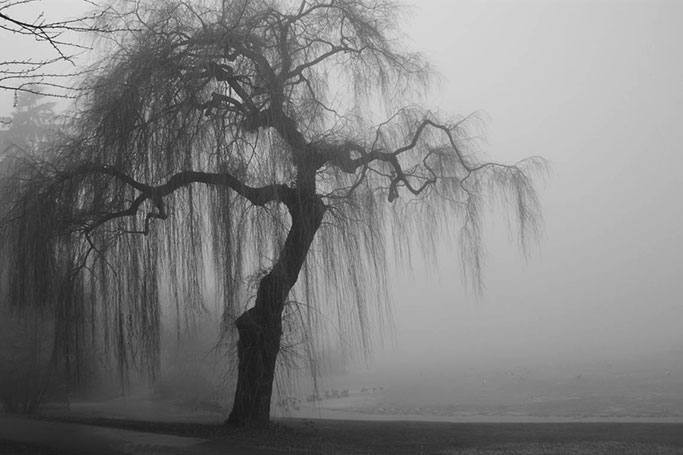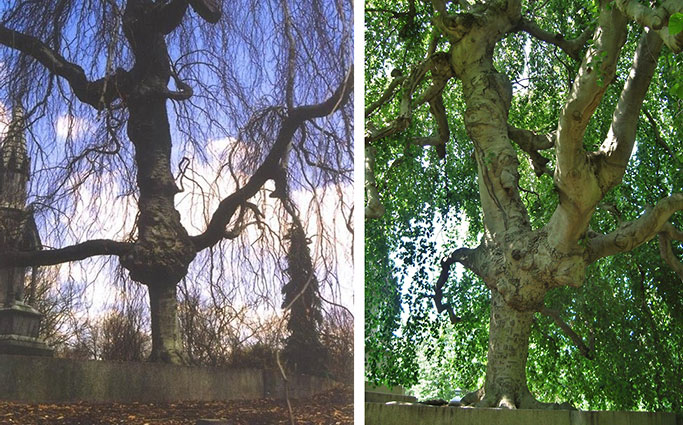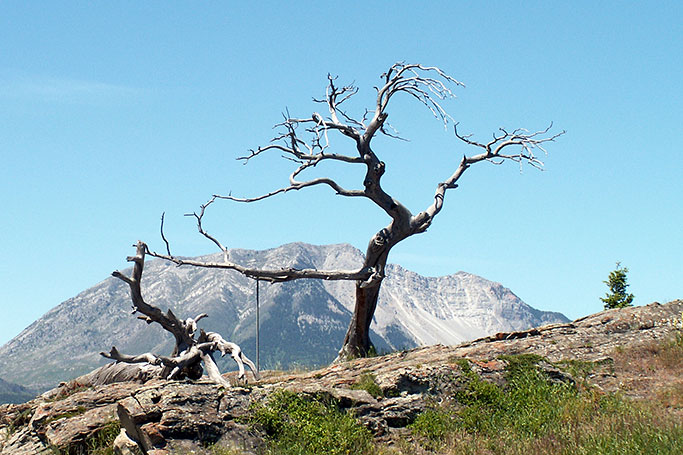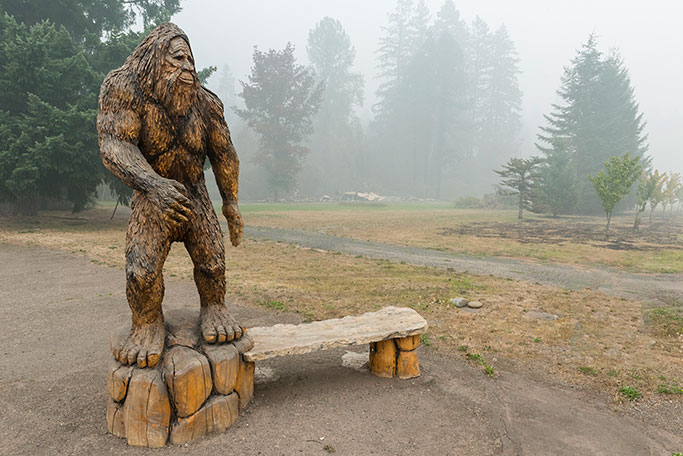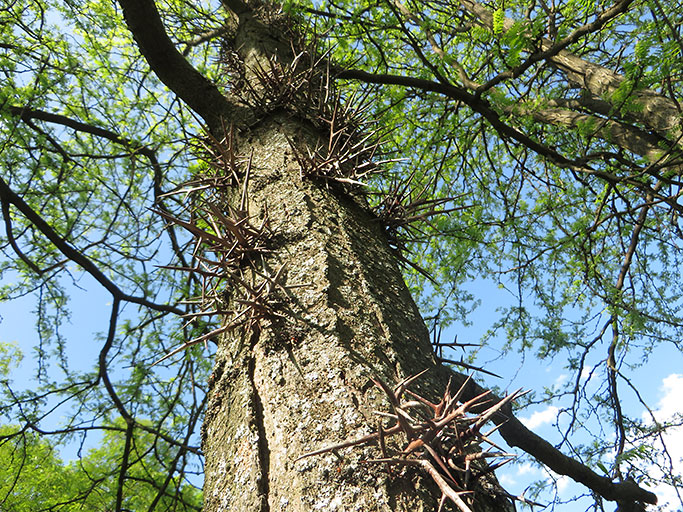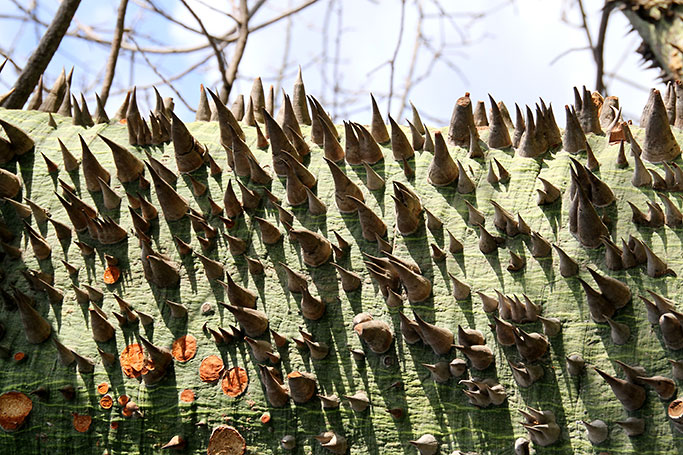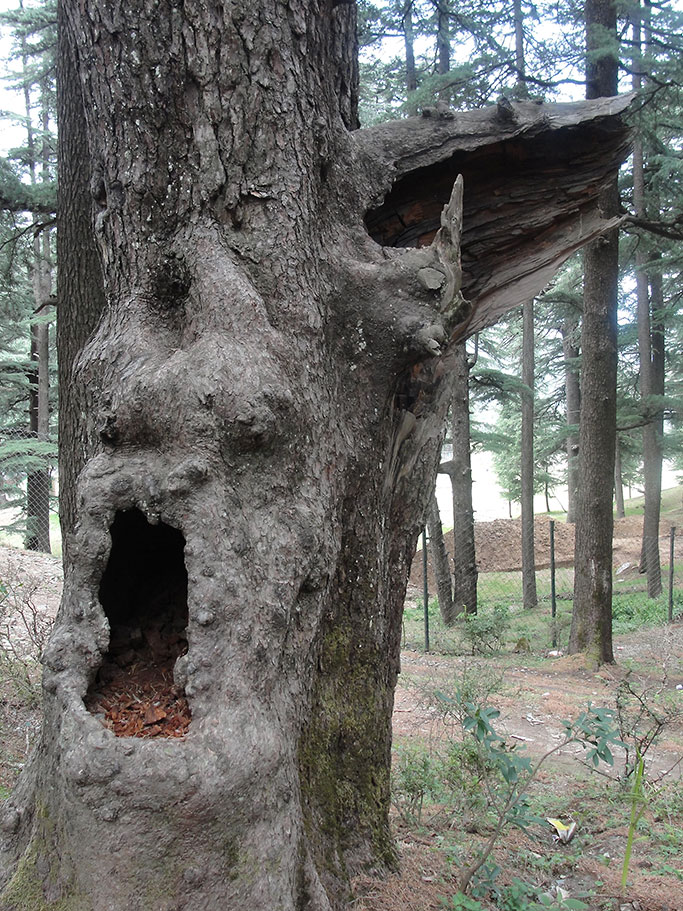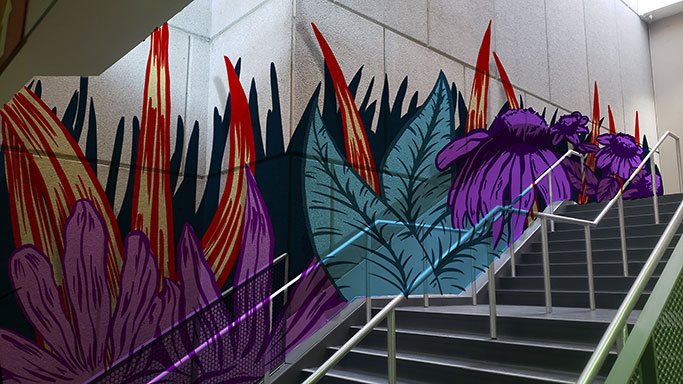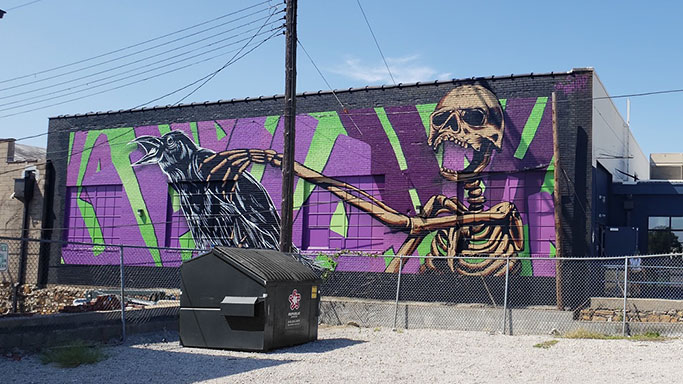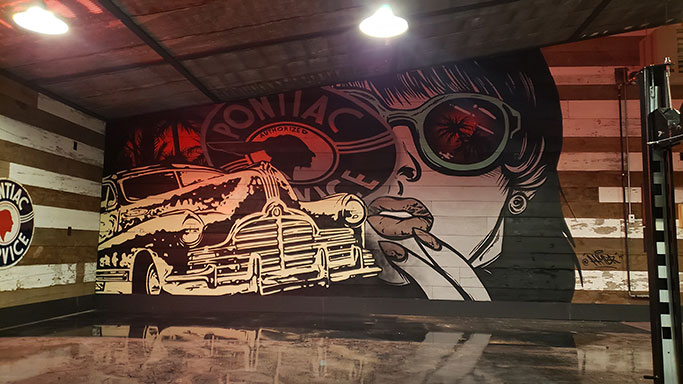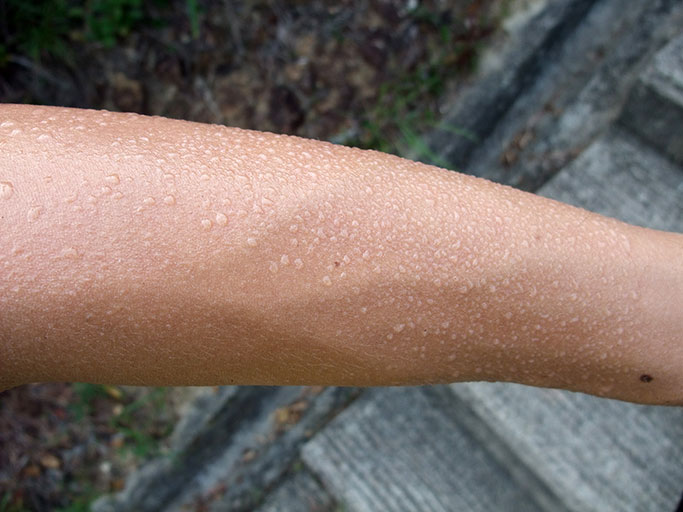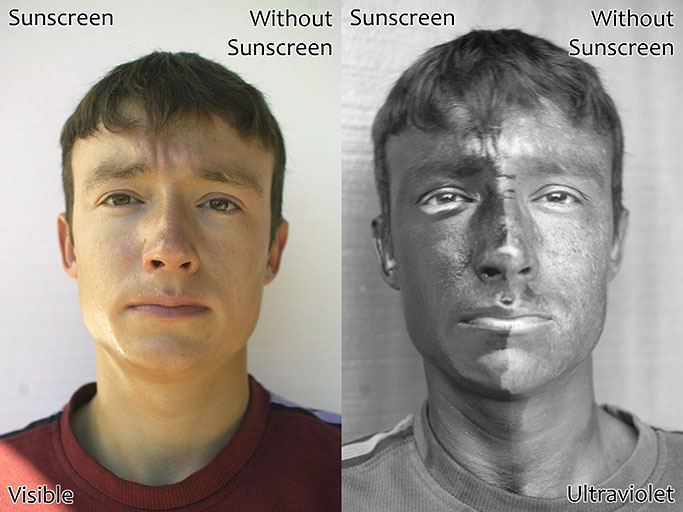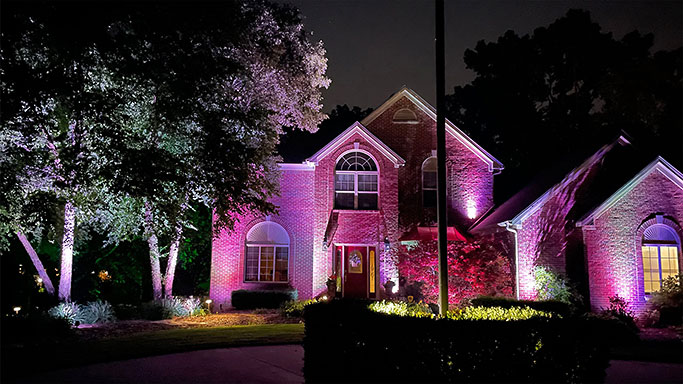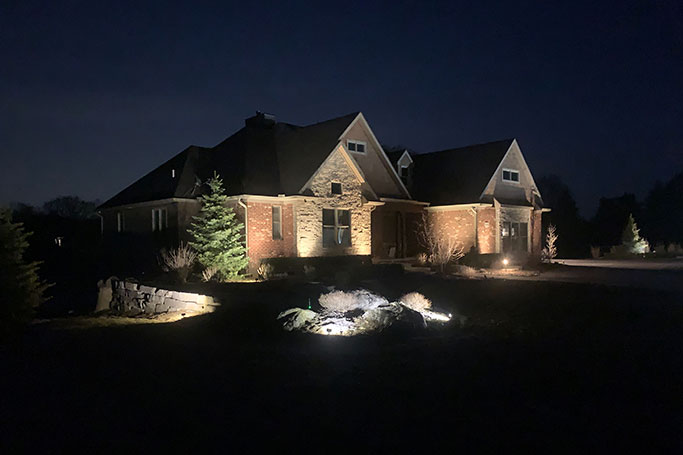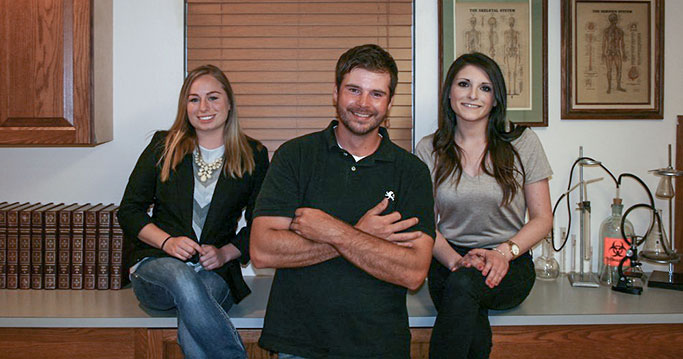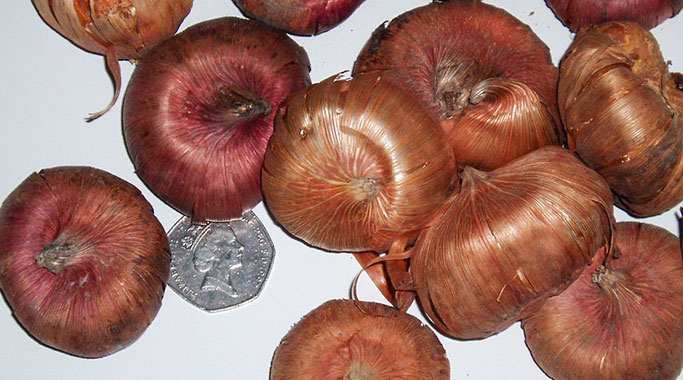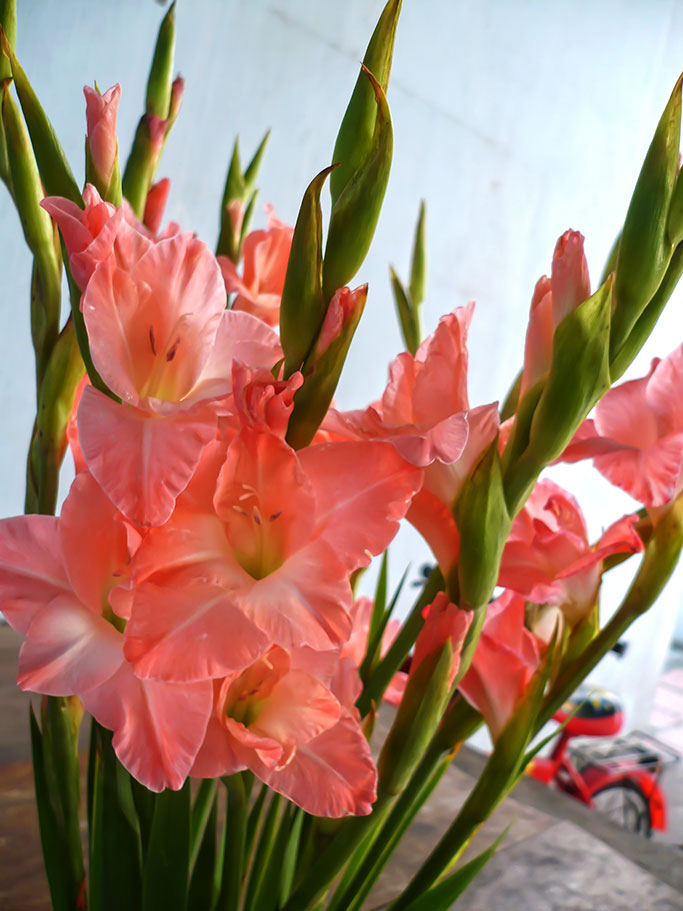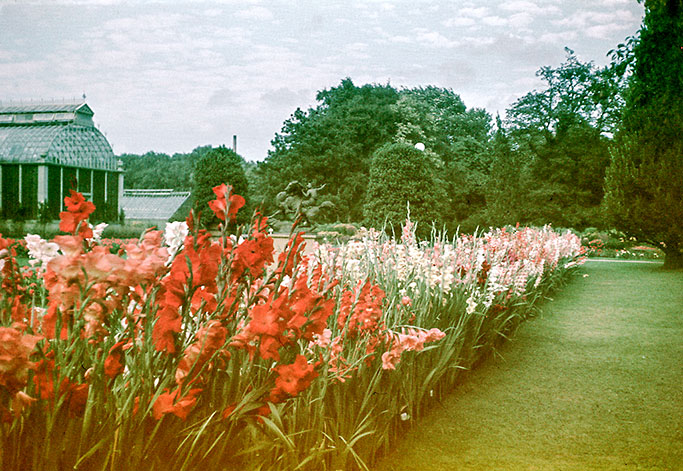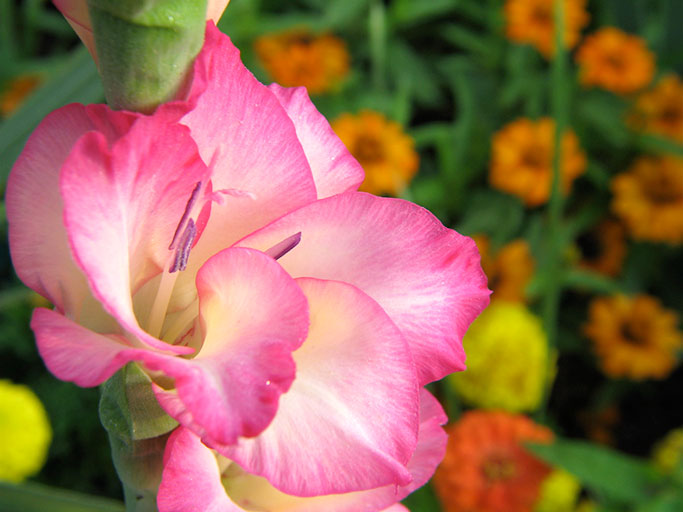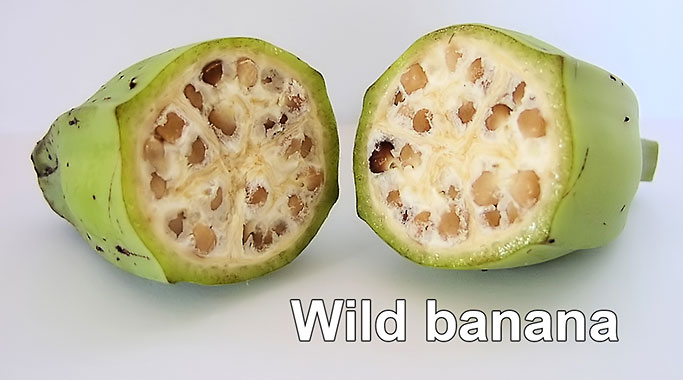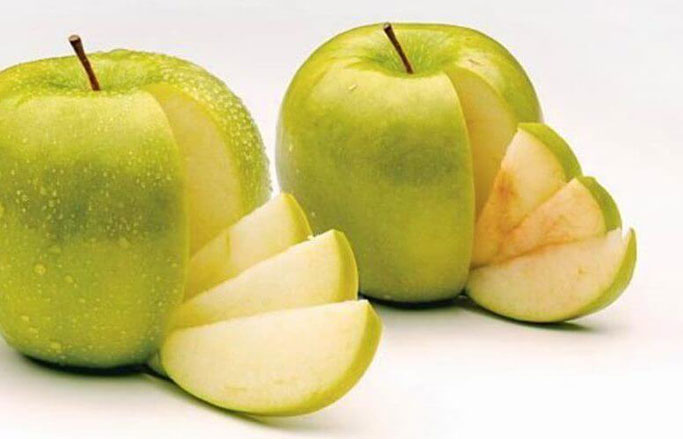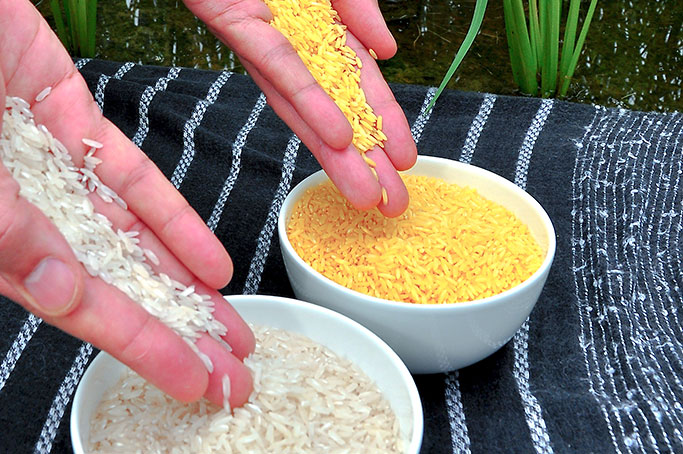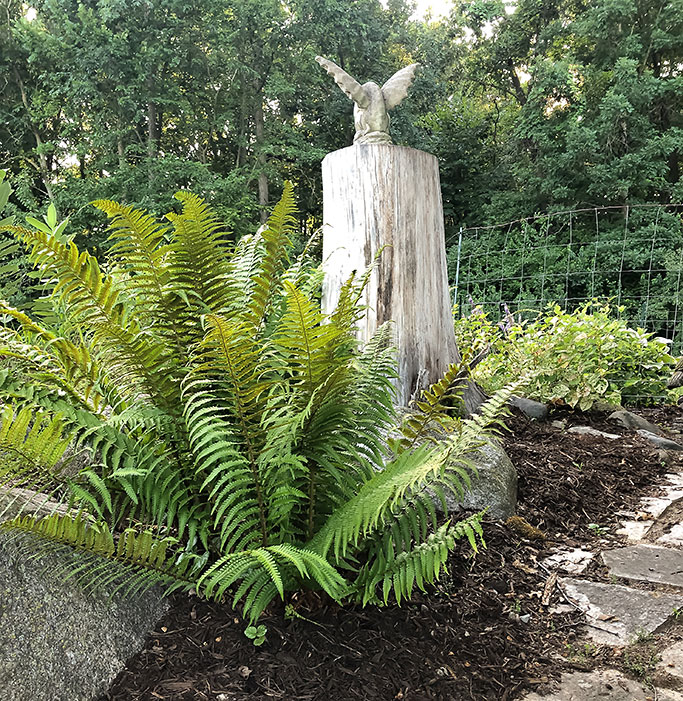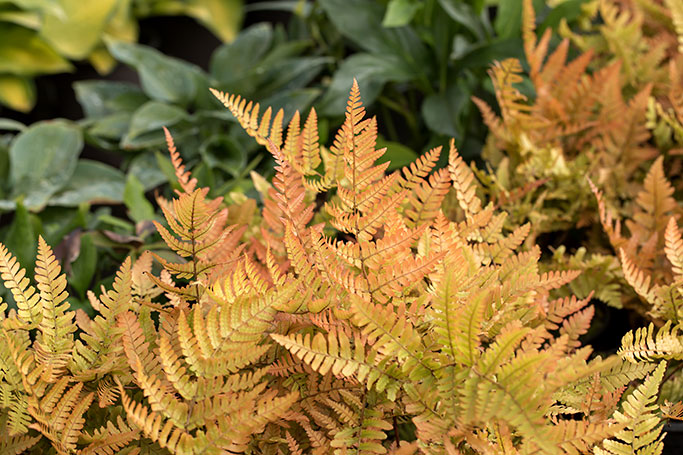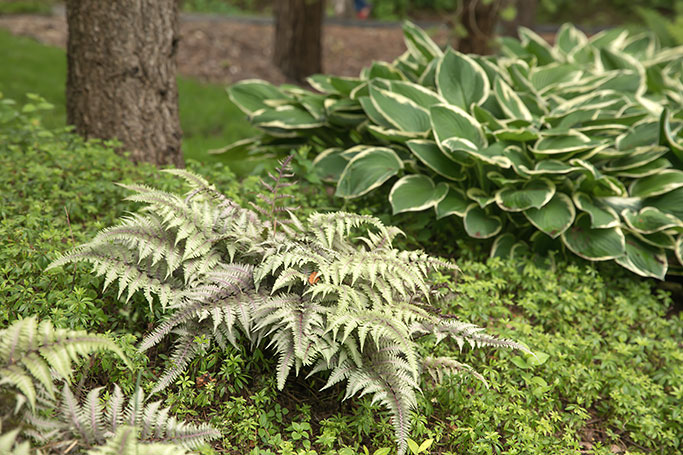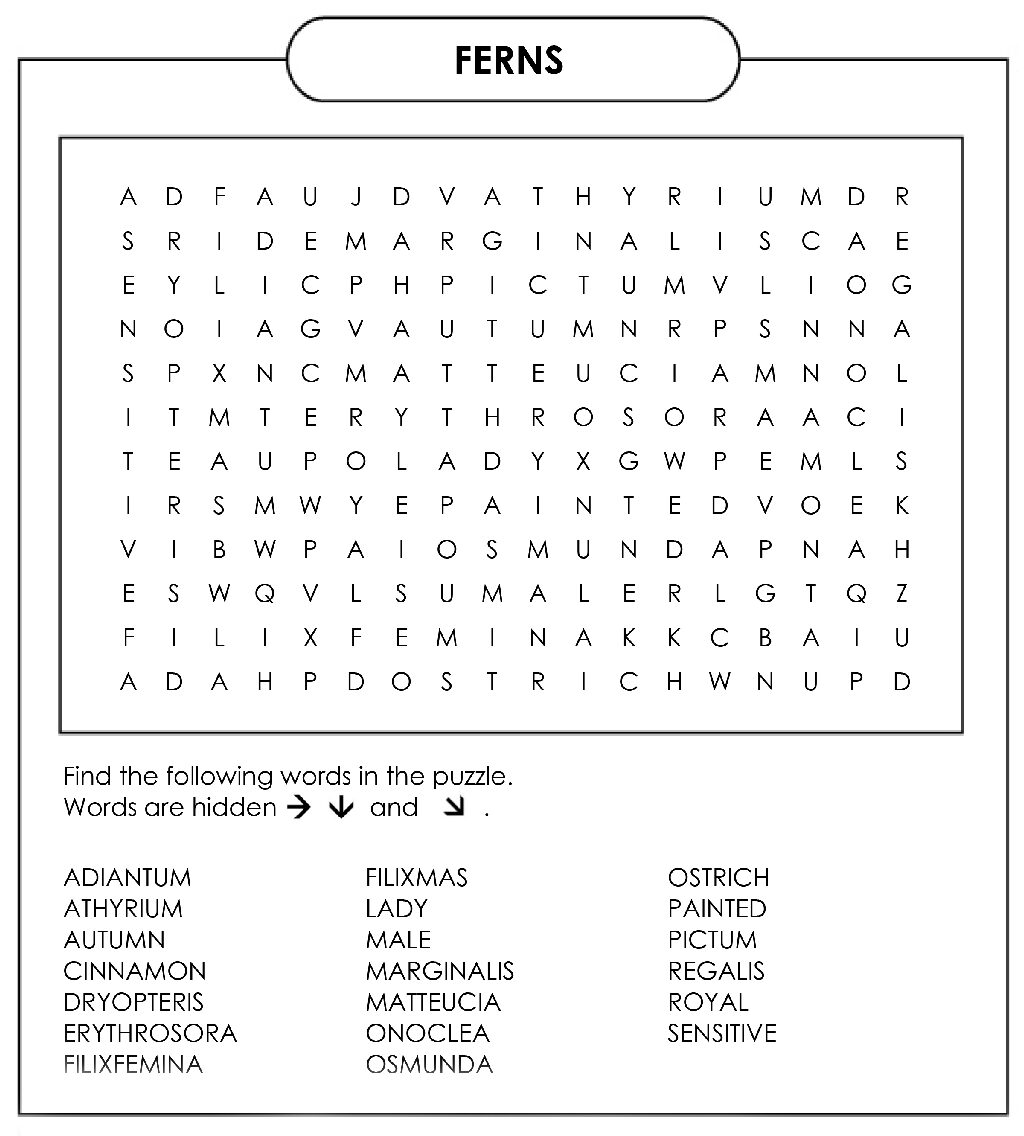November 15 is the first day of firearm deer season in Michigan, and like many of you, I will be in my blind before sunup.
But deer camp isn’t about the hunting.
I came late into hunting. It just wasn’t something that interested me in my youth. I had always liked the shooting sports, but just never found the allure in hunting. Sometime in my twenties, my father and uncles convinced me to come to deer camp with them.
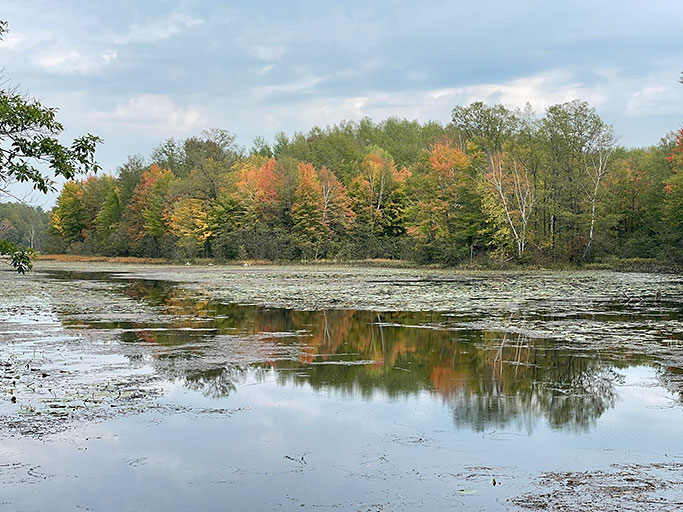
I had always thought of deer camp as this place that you went to. A place to basically sleep, as you spent all of your time hunting. I guess that is why I never was really attracted to it. Boy, was I wrong.
Deer camp allowed me to see my grandfather and uncles in a whole new light. I had always enjoyed being around my grandfather and uncles, but this was different. At camp it was only the adult men in the family. No kids, no moms. So, the rules all changed. Not that they suddenly became these crazed people, but they definitely let their hair down. And three of these guys are bald, so you can only imagine…
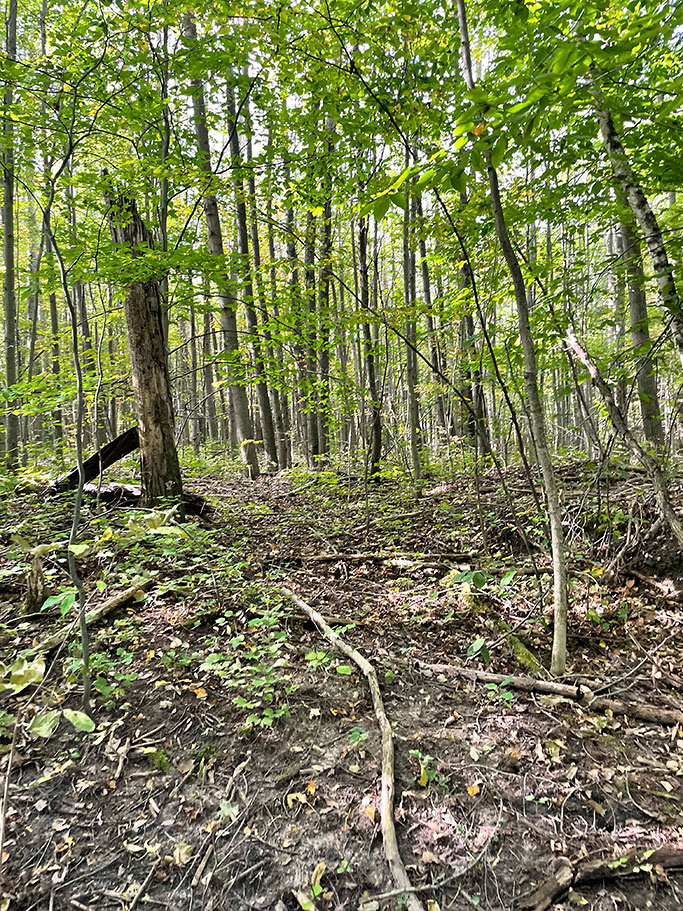
For the first few years I was the only grandchild there, the advantage of being the oldest of ten grandkids. And so, I got alone time with my grandfather. I got years of alone time with my grandfather. I chose a blind near his so I could have the walks in and out with him. I would get up early, which I HATE TO DO, so I could share breakfast with my early-rising grandfather and uncle. Looking back as I write this, I cannot help but smile at the memories that I made with my grandfather, and continue to make with my father and uncles.
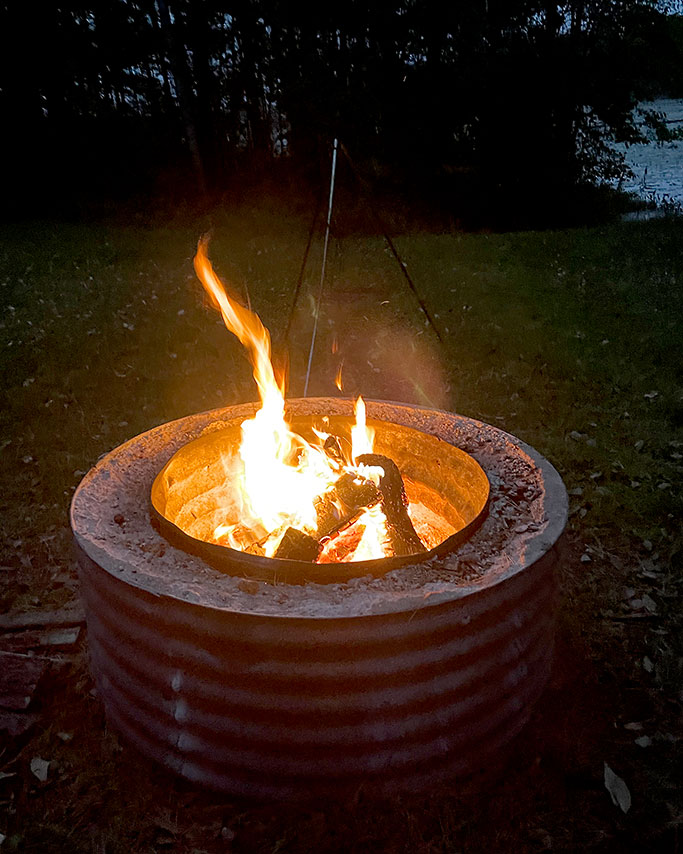
My grandfather passed away from cancer in January of 2005. But he made it to deer camp in November of 2004. He couldn’t go to his blind, and just stayed around the camp and ate with us. But he was there. We still go to the same place to camp every year. We take the same campsites. We tell a lot of the same stories. And I wouldn’t trade it for anything.

Out of the seven of us that go to camp every year, we average one deer every other year. So no, deer camp isn’t really about the hunting. Good luck everyone, at YOUR deer camps, and may the memories you make last a lifetime.




